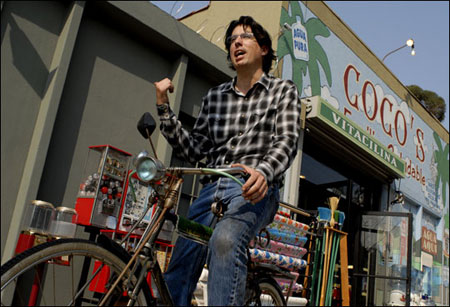There are a few options if you want to network computers on amateur radio. There are WiFi hacks of sort, and of course there’s always packet radio. New Packet Radio, a project from [f4hdk] that’s now on hackaday.io, is unlike anything we’ve seen before. It’s a modem that’s ready to go, uses standard 433 ISM band chips, should only cost $80 to build, and it supports bidirectional IP traffic.
The introductory documentation for this project (PDF) lays out the use case, protocol, and hardware for NPR. It’s based on chips designed for the 433MHz ISM band, specifically the SI4463 ISM band radio from Silicon Labs. Off the shelf amplifiers are used, and the rest of the modem consists of an Mbed Nucleo and a Wiznet W5500 Ethernet module. There is one single modem type for masters and clients. The network is designed so that a master serves as a bridge between Hamnet, a high-speed mesh network that can connect to the wider Internet. This master connects to up to seven clients simultaneously. Alternatively, there is a point-to-point configuration that allows two clients to connect to each other at about 200 kbps.
Being a 434 MHz device, this just isn’t going to fly in the US, but the relevant chip will work with the 915 MHz ISM band. This is a great solution to IP over radio, and like a number of popular amateur radio projects, it started with the hardware hackers first.














